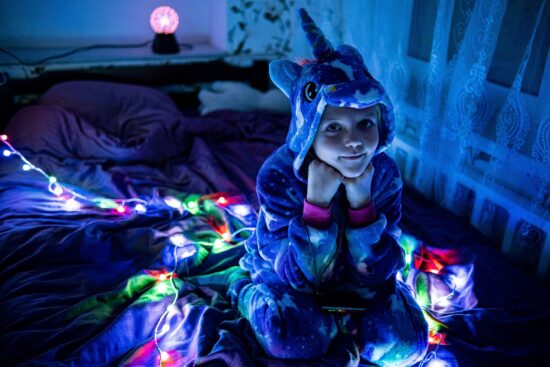Most parents are no strangers to being kept up at night by a kid who does not want to sleep. However, if it starts to become more the norm than an occasional annoyance, then it might be time to look at what you can do about it. Here, we’re going to look at some of the approaches that can help treat mixed-up sleeping patterns.

Make sure they’re not sick
One of the best pieces of advice for raising happy and healthy children is to become a regular visitor to their doctor. While you want to avoid hypochondria, don’t be afraid of asking for the doctor’s advice if they’re really having a hard time sleeping at night, especially if it’s affecting their ability to function and live happily throughout the day. There are all kinds of potential causes for sleep difficulties, including things like sleep apnea, allergies, back pain, and much more, and your doctor can quickly run a check for all of them.
Get some therapeutic help
It may be that the doctor can offer minimal advice or help, but a more therapeutic approach can be more effective. This is especially true in cases where stress is a major culprit . In such cases, a pediatric chiropractor may be able to offer a great deal of relief. They can help to relieve tensions that can build up in the body, causing physical discomfort when trying to lay still in bed, for instance. Of course, your child’s doctor should stay informed of any treatment that they are seeking, but many will recommend chiropractic and therapeutic care on top of a more traditional approach.
Avoid screens at night
If the answer is not in any sort of health issue ailing your kid, then it’s more likely to be in the environment that they’re sleeping in. Make sure that not too much light or noise gets into their room at night time, such as by investing in blackout blinds and a draft excluder for the door. Most importantly, try to keep screen time to a minimum for up to an hour before bed. The blue light that is projected by digital screens is now known to be a major sleep disruptor and if your child finds it difficult to get to sleep, they can become restless, which means even more disruption.
Create a real bedtime routine
Screens aren’t the only disruption. Sometimes, all your child needs is a real bedtime routine, allowing them to wind down for the last hour of the bed. This routine can include things like having a snack, brushing your teeth together, getting everything ready in the schoolbag for the next day, putting on pajamas, and a bedtime story if they’re young enough. Even adults do better at sleeping with the right routine, so it’s definitely helpful for a child, too.
Whether the solution is health-related, or you simply need to correct their routine, hopefully, the tips above help you find the solution that can make nighttimes a little more peaceful in the home.